Community Report: Closing the Year that Made Nexus Real
2025 was transformational for Nexus. This is our LAST community report of the year! The past year, Nexus has turned

Modern AI thrives on data — but storing that data is becoming increasingly untenable. Today, uploading a simple 10MB image to Ethereum costs nearly $1 million and requires more than 4,000 contiguous blocks. At this rate, any vision of a fully onchain internet collapses under its own weight.
And yet, for AI to evolve beyond brittle black boxes and into trustworthy, transparent systems, its inputs and outputs must become verifiable. That means putting more of the AI stack — models, training data, inference logs — onchain. In order for that to happen, we need a better storage layer.
In the future, the Nexus Storage Layer will act as one of three foundational components of the Nexus Layer 1. Together with the Execution Layer, which will provide supercomputer-grade computation, and the Consensus Layer, which will anchor truth through economic finality, the Storage Layer completes a unified system for verifiable computing at internet scale.
Learn more about the other layers of the Nexus world supercomputer:
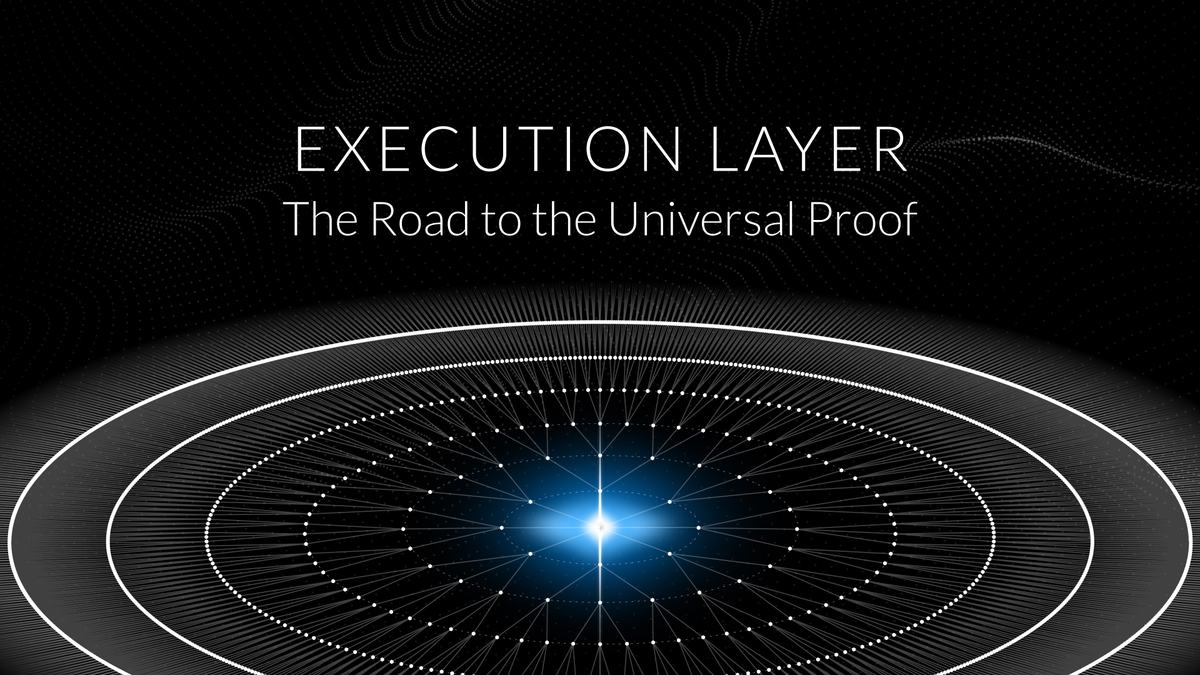
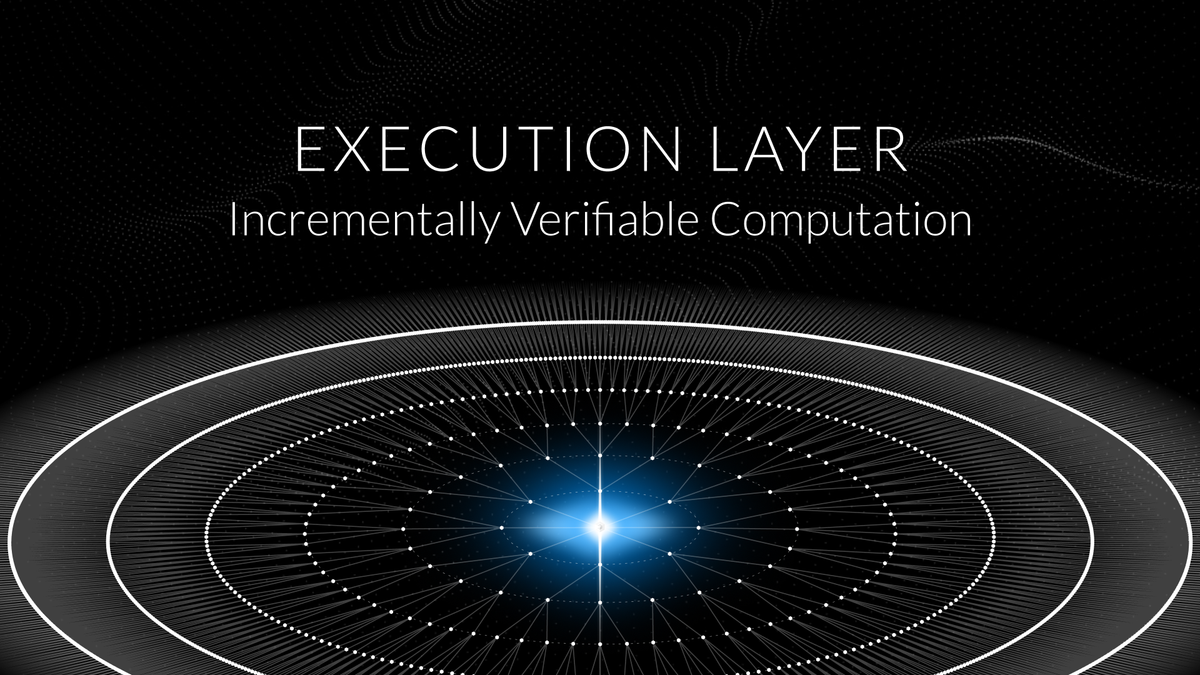
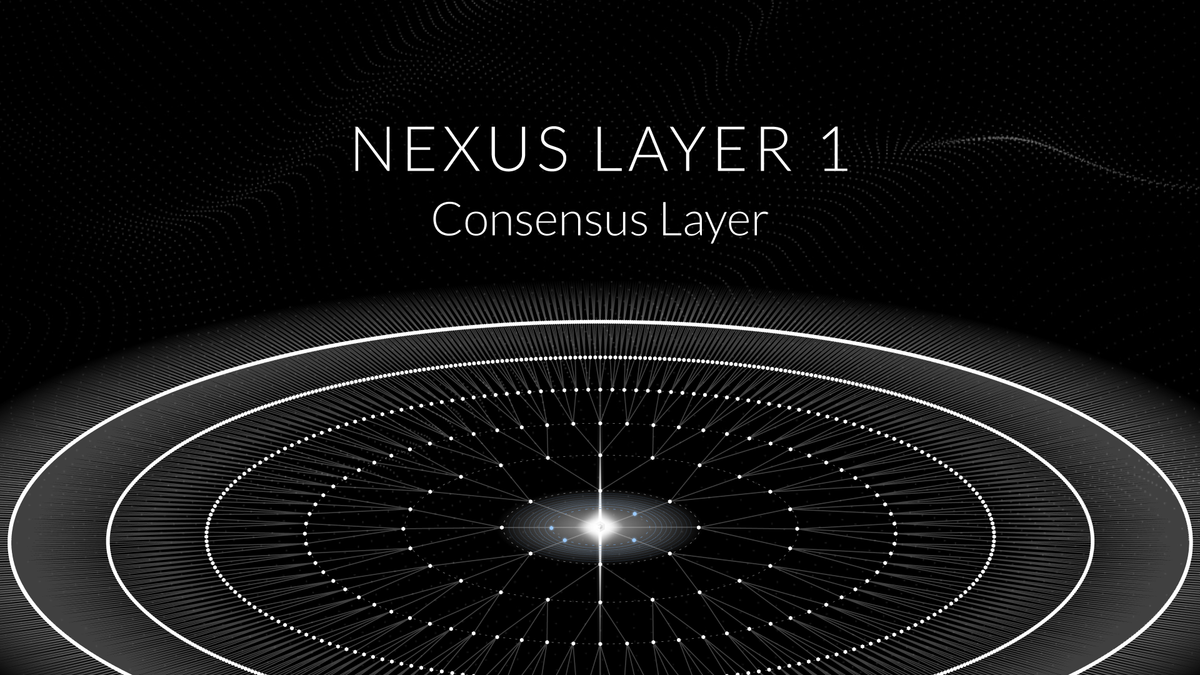
The Nexus Storage Layer is designed and built to scale with the needs of onchain AI and the broader Verifiable Internet.
Where the Nexus Execution Layer brings supercomputer-grade compute to blockchain infrastructure, and the Consensus Layer ensures planet-scale coordination, the Storage Layer completes the triad: a sovereign, resilient, and radically more efficient substrate for storing and accessing data.
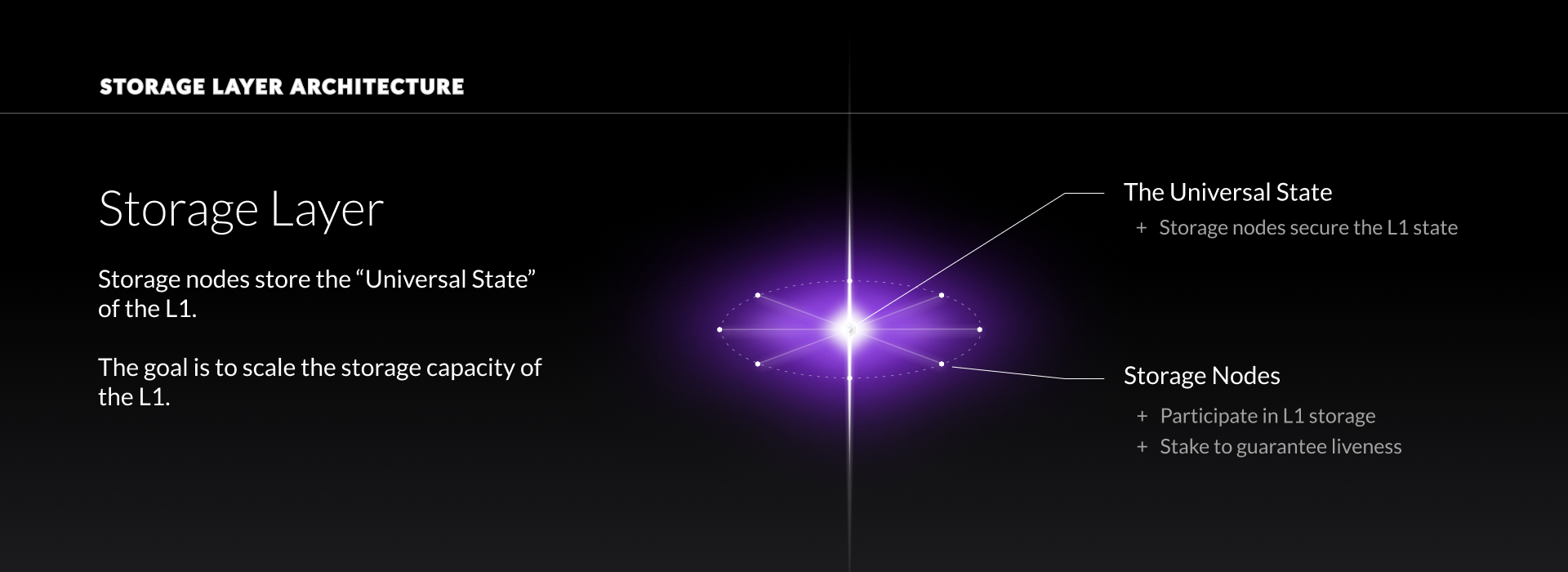
At the heart of the Storage Layer lies a novel approach to data encoding and retrieval:
This system pairs with Data Availability Sampling (DAS), a technique originally developed in the Ethereum ecosystem, to allow light clients to probabilistically verify that all data is available without needing to download it in full.
Together, hyper-dimensional encoding and DAS turn storage into a verifiable, compute-intensive process — fitting for a world where compute is abundant and trust is scarce.

The Storage Layer will be deployed across three main phases:
Mainnet Season 1 – Replicated storage
A familiar model where storage nodes replicate the entire L1 state, Ethereum-style. Simple and robust.
Mainnet Season 2 – Delegated staking
Inspired by Lido, this phase introduces storage orchestrators who manage nodes and stake to guarantee liveness. Nexus OS users can contribute spare storage to the network.
Mainnet Season ∞ – Data availability sampling
The final form. Storage becomes probabilistically sampled and externally accessible. Clients can request data directly, while the system retains resilience through redundancy and decentralized orchestration.

With a target of $100B+ in storage-layer staking, this layer is designed to maximize indestructibility. Participants are incentivized not just to store data, but to secure its permanence and integrity over time.
As AI systems become more powerful and more foundational to society, they must become more verifiable. That means:
All of this hinges on a storage system that’s radically more scalable, more trust-minimized, and more economically sustainable than anything that exists today.
In its final form, storing that same 10MB image onchain will cost $0.0000036 per year, with 1 billion node resilience.
The Nexus Storage Layer isn’t just about cheaper data. It’s about giving AI systems a trustworthy memory. And in a future shaped by autonomous agents, verifiable data may be the most important foundation of all.
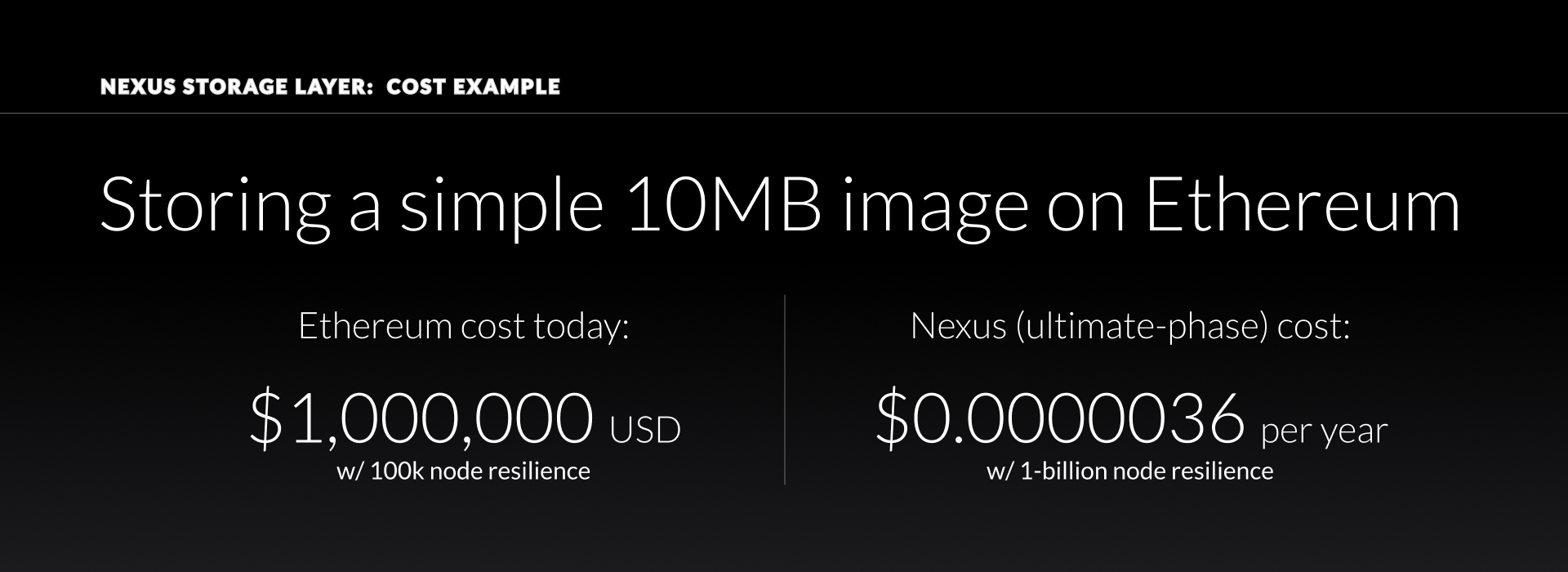
Building toward the Storage Layer for the Nexus Layer 1 is a continuation of the vision to create a vertically integrated L1 that unifies execution, consensus, and storage into a single, modular, and indestructible supercomputer for the AI era.